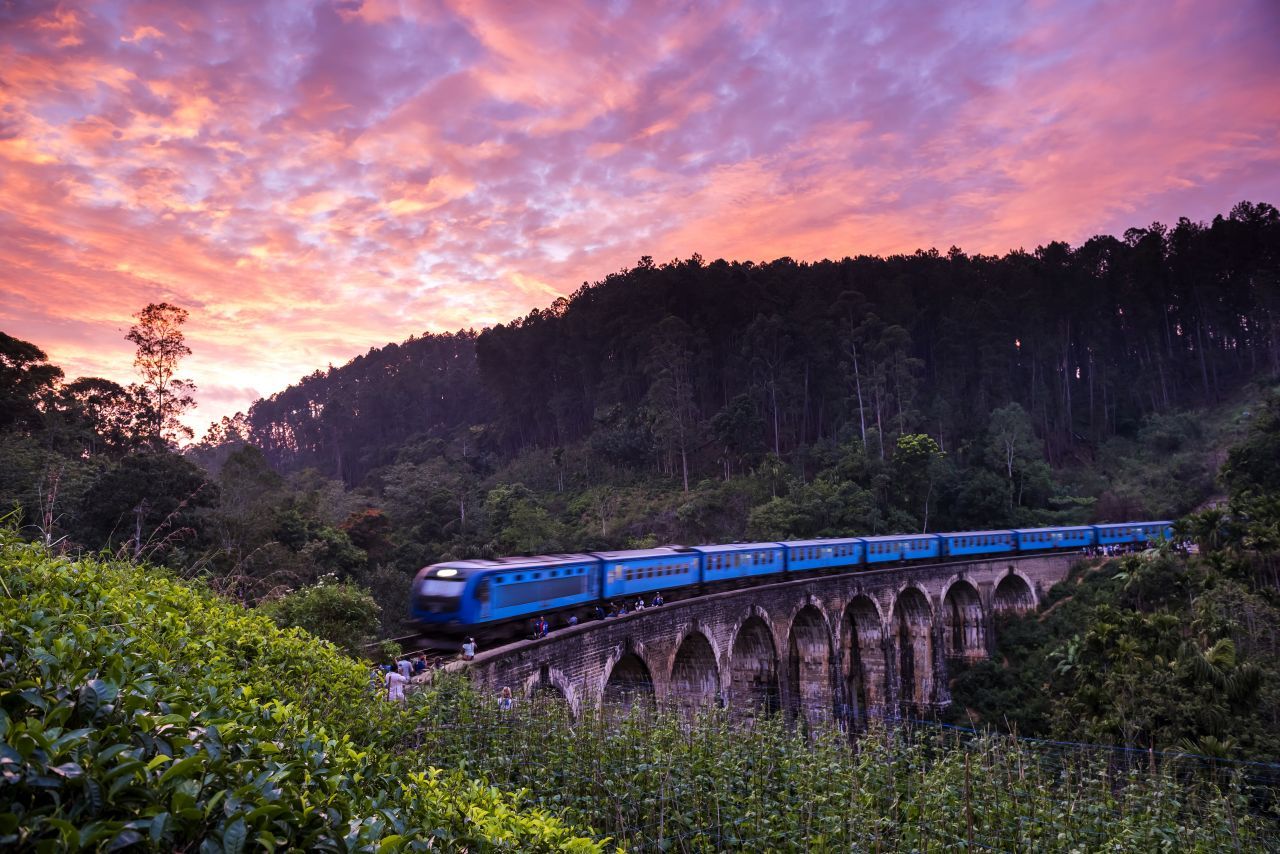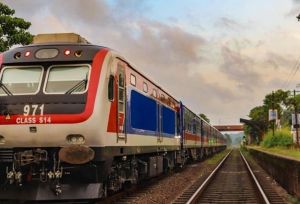Home / Destinations /
TRAIN DESTINATIONS
Last updated on 18 May 2023
Rail cars (rolling stock) are directionally guided by the tracks on which they run, as opposed to road transport, where the vehicles operate on a prepared level surface.

In a rail transport system, rolling stock often experiences less frictional resistance than rubber-tired road vehicles, allowing for the coupling of passenger and freight cars (carriages and wagons) into longer trains. A railroad firm manages the operation, providing transportation between train stations or facilities for freight customers. The energy is supplied by locomotives, which either use steam engines or, historically, diesel engines to generate their own power or take electricity from a railway electrification system. The majority of railroads come with a signaling system. When compared to other modes of transportation, railroads are a safe form of land transportation. When compared to road transportation, railroads are capable of high levels of passenger and cargo utilization as well as energy efficiency, but they are frequently less flexible and need more capital.
The earliest known man- or animal-powered railways were constructed in Corinth, Greece, in the sixth century BC. Then, in the middle of the 16th century, horse-powered funiculars and wagonways were used to begin rail transportation in Germany. Richard Trevithick operated a steam locomotive and loaded carts between Penydarren Ironworks and Abercynon in Merthyr Tydfil, where the British developed the steam locomotive, in 1802. This was the beginning of modern rail transportation. Britain has the oldest railway system in the world as a result. The Locomotion No. 1 was the first steam locomotive to haul passengers on a public rail line, the Stockton and Darlington Railway, and it was built by George Stephenson and his son Robert's business, Robert Stephenson and Company, in 1825.
Explore More On This Destination


